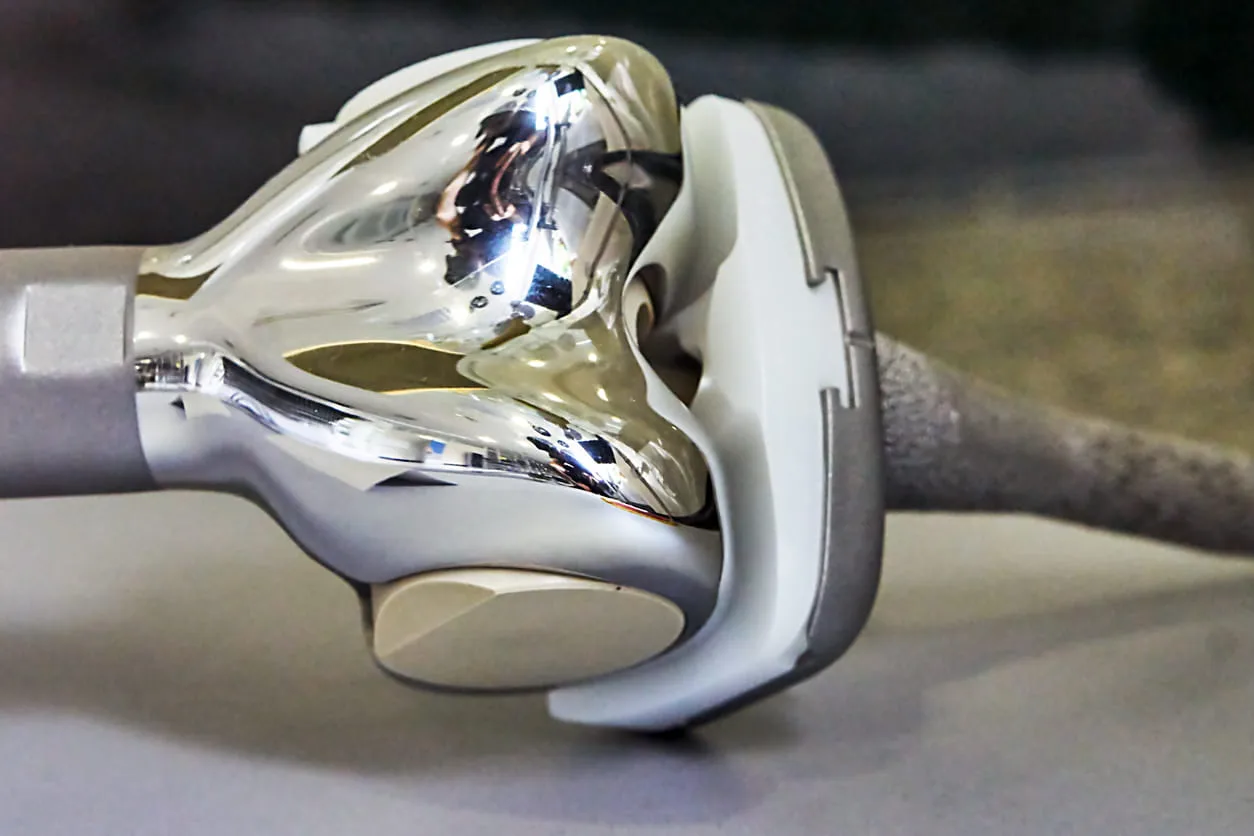During hip replacement, a surgeon removes the damaged
sections of the hip joint and replaces them with parts
usually constructed of metal, ceramic and very hard
plastic. This artificial joint (prosthesis) helps reduce
pain and improve function.
Also called total hip arthroplasty, hip replacement
surgery might be an option if hip pain interferes with
daily activities and nonsurgical treatments haven't helped
or are no longer effective. Arthritis damage is the most
common reason to need hip replacement.
Why it's done
Conditions that can damage the hip joint, sometimes making hip replacement surgery necessary, include:
- Osteoarthritis. Commonly known as wear-and-tear arthritis, osteoarthritis damages the slick cartilage that covers the ends of bones and helps joints move smoothly.
- Rheumatoid arthritis. Caused by an overactive immune system, rheumatoid arthritis produces a type of inflammation that can erode cartilage and occasionally underlying bone, resulting in damaged and deformed joints.
- Osteonecrosis. If there isn't enough blood supplied to the ball portion of the hip joint, such as might result from a dislocation or fracture, the bone might collapse and deform.
- Diagnostic Laparoscopy
- Ovarial Drilling
- Ovarian Cystectomy
- Ovarion Torsion
- Operative Laparoscopy for Endometriosis
- Tubectomy
- Tubal Recanalization
- Tubal Clipping
- Salpingectomy for Ectopic
- Myomectomy(Multiple & Large)
- Aden myomectomy
- Laparoscopy for Uterine Anomalies
- Hysterectomy
- Bilateral Salpingectomy + Oophorectomy
- Adhesiolysis
- Laparoscopic Encerllage
- Pregnancy with Ovarian Torsion / Cysts

